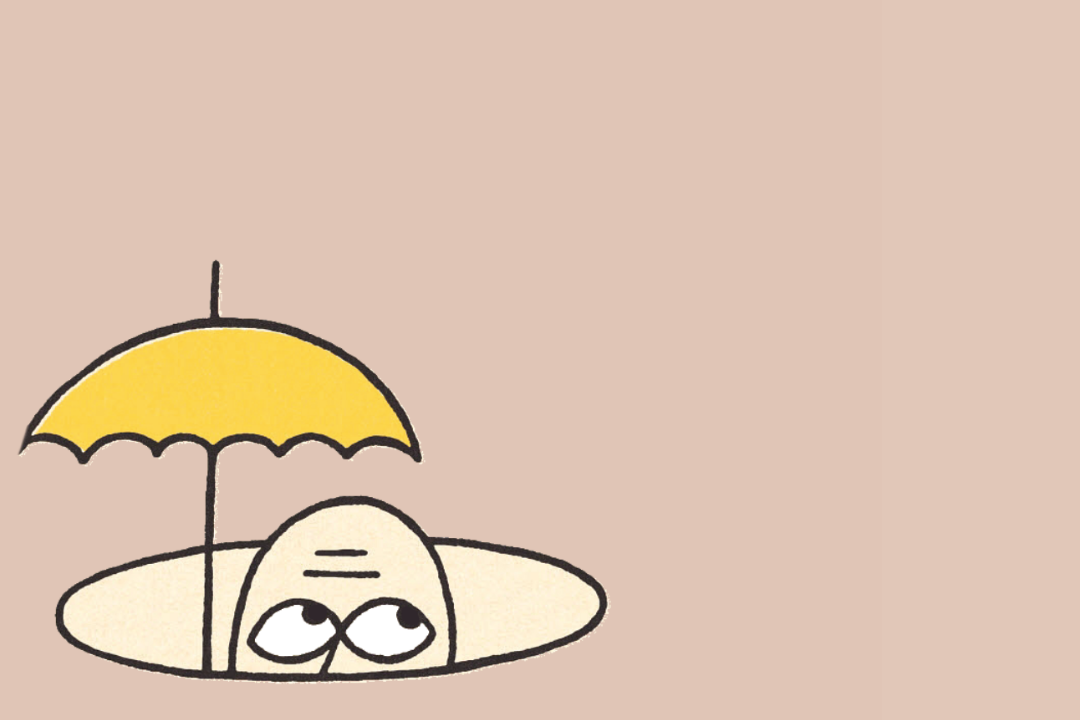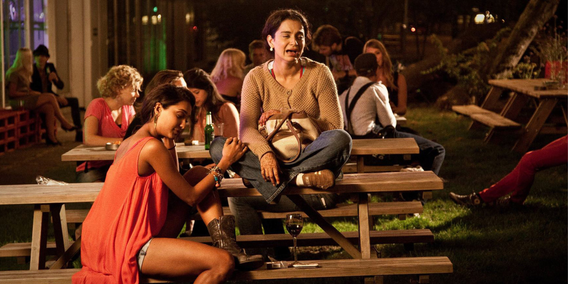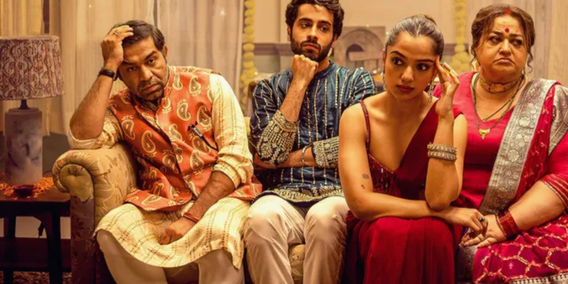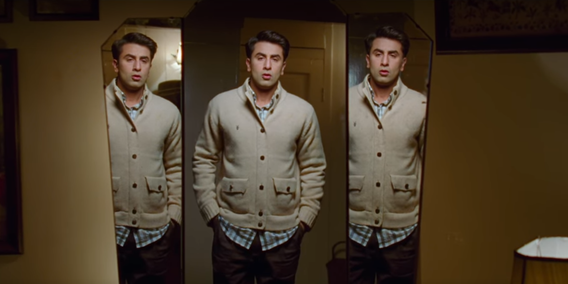If you ever ask people which type of news they’d like to receive, most of them will usually answer unanimously - no surprise there- it’s good news. This makes me wonder, why do we always see a huge crowd at the scene of an accident? Why then do we see people post videos and photographs of the same events? Why do we prefer to watch true crime documentaries or horror films over (often sappy) romantic comedies?
I developed an interest in this aspect of human nature when I saw the Netflix docuseries on the Burari deaths called House of Secrets. What caught my eye was not the psychological aspect or behaviours of the victims of this particular case but that of the general public. Of course, in order to add that touch of masala into the series, the makers may have exaggerated the crowd of people outside the titular family home but even in real life, when you look at news snippets, one will notice that there were always a significant amount of people gathered outside. It really makes one wonder, why would people want to witness 11 dead bodies first thing in the morning?
Even at the scene of an accident on the highway, apart from the two or three people who are doing their best to help the victims, it’s commonplace to find at least a dozen others just watching, clicking photos and making videos. Not to forget, there are hundreds of other drivers who are zooming past the scene but still rubbernecking at the accident.
If it bleeds, it leads. True, this is a very crass (but a very real) aspect of today’s journalism. The news that sells the most, that receives the most engagement, is the one that is also the most gruesome and disturbing. Yes, people blame the media for only reporting (and hyping) negative news, but let’s face it, we cannot completely dodge the blame. Honestly, as the audience and the consumers of this journalism, we engage with news with a higher amount of focus when it’s gory or at least disturbing. Most of us may not remember too many positive news reports that we’ve read over the past month, but ask someone about a negative news report, and they’ll give you bulleted points down to the very last detail. Even the people who do not read or watch the news very often, will go out of their way to gather information on that particular negative news piece.
If we take the very recent example of the pandemic, I remember how everyone in my social group would check the statistics of the COVID cases and the deaths due to the virus the first couple of months. Since the era of hunter-gatherers, humans have had to protect themselves from danger. Today we may not have to worry about being eaten by a lion, but there are various other dangers like physical and sexual violence, political unrest, the pandemic (or a new season of Bigg Boss) and so on that we need to be careful about.
We consume morbid content with an enormous amount of interest because our brain wants to know the horrors of the external world. We may not be directly affected by negative news but we do want to know about it only because we want to be prepared for the worst. We may look at other individuals going through a tough time (and we may be filled with empathy for them) but we also try to understand how to protect ourselves from said negative situation.
Another reason for morbid curiosity may be our own negativity bias. The negativity bias is a cognitive bias that humans have where they have a tendency to focus more on the negative than the positive. An experiment by Marc Trussler and Stuart Soroka, showed that the participants actually preferred reading the negative news first. Their experiment proves that negativity bias is an important factor for us to decide to consume negative content. In another experiment, conducted by Suzanne Oosterwijk and colleagues using the fMRI technique, showed that choosing to view negative stimuli activated the similar brain regions which usually get engaged when the individual receives external incentive or experiences regular curiosity. Therefore, this study shows that viewing or reading negative content may make the individual experience emotions which they usually do when they are rewarded or when they experience curiosity regarding topics that are usually not considered morbid.
Therefore, a combination of wanting to protect ourselves and negativity bias may be the reason for our late night marathon watching of those horrifying shows and movies. However, sometimes an overload of negative content, especially when it’s news, may cause us more harm than good. Hence, it is important to be aware when the content is impacting us in a negative way and regulate the amount that we consume.
Long story short, most of us are not savages who gain pleasure when we look at the misery of others. Instead, we want to learn from the incidents that occur in others’ lives. When we look at these incidents, we may feel a little more prepared, a little more equipped to manage these situations in the off chance they do occur. It may feel rewarding to know the details of a morbid incident as we may feel more ready to handle that situation if it happens to us. It is like a reality check for us. Therefore, it’s simple. We are just human beings, who go through life hoping for the best, preparing for the worst.
morbid curiosity







